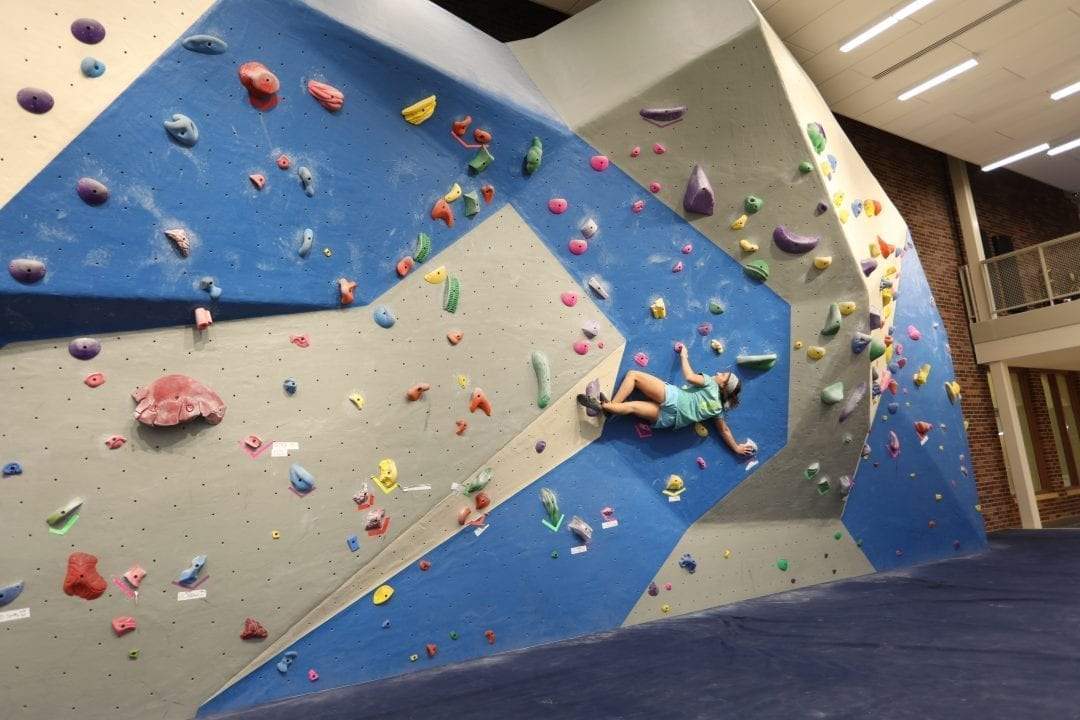Rock Climbing—How does it fit into top fitness trends of 2018?


If you’ve ever tried climbing a tree or swinging your way across a jungle gym, then you’ve unknowingly tried three of the top fitness trends for 2018—high intensity interval training, body weight training, and core training. ACSM’s Health & Fitness Journal just published the results of their annual fitness trends survey for 2018 and a variety of activities directly relate to climbing.
High Intensity Interval Training (HIIT). A form of rock climbing called bouldering is a perfect HIIT activity. The survey notes that “HIIT typically involves short bursts of high-intensity exercise followed by a short period of rest or recovery and typically takes less than 30 minutes to perform”. In bouldering, this is exactly what you do. Bouldering routes, or “problems as they’re known in the sport, are only a few moves but those moves are powerful, quick, and use virtually every muscle in the body. The problem gets your heart rate up high and then you rest before you try your next problem.
Body Weight Training. When rock climbing indoors or outside, you rely entirely on your hands and feet to move yourself up a wall. The steeper the wall and the smaller the holds, the more effort it takes to keep gravity from bringing you to the ground. If you keep rest between tries on the wall to a minimum, you can burn between 500-900 calories depending on your weight and fitness level. The survey notes that, “typical body weight training programs use minimal equipment, which makes it a very inexpensive way to exercise effectively. Although most people think of body weight training as being limited to push-ups and pull-ups, it can be much more than that.” Climbing is a great example of letting gravity help build a better body.
Core training. After only one or two sessions on a climbing wall you will feel positive effects in two specific places: your forearms and your core. To stay on the wall, you have to pull your center in close to the wall for balance and placement of more weight on your toes. The survey describes core training as activities that “stress strength and conditioning of the stabilizing muscles of the abdomen, thorax, and back…Exercising the core muscles improves overall stability of the trunk and transfers that to the extremities, enabling the individual to meet the demands of activities of daily living and for the performance of various sports that require strength, speed, and agility.” Climbing ticks all the boxes for core training.
So how do you get started if you’ve never tried climbing before?
- Take a class. Climbing gyms offer lots of classes but you can also check out your local recreation center or college. It is becoming more and more common for non-climbing gyms to have a climbing program.
- Find a friend to show you the ropes. Visit sites like https://www.mountainproject.com/partner-finder. You can find people in your town who are looking for people to climb with in gyms and outside.
Can you create a climbing wall at home? Absolutely.
Traverse or bouldering walls are a low cost, small footprint versions of climbing walls that fit well in rec rooms, garages, and play rooms. Check out these DIY options.








Leave a comment